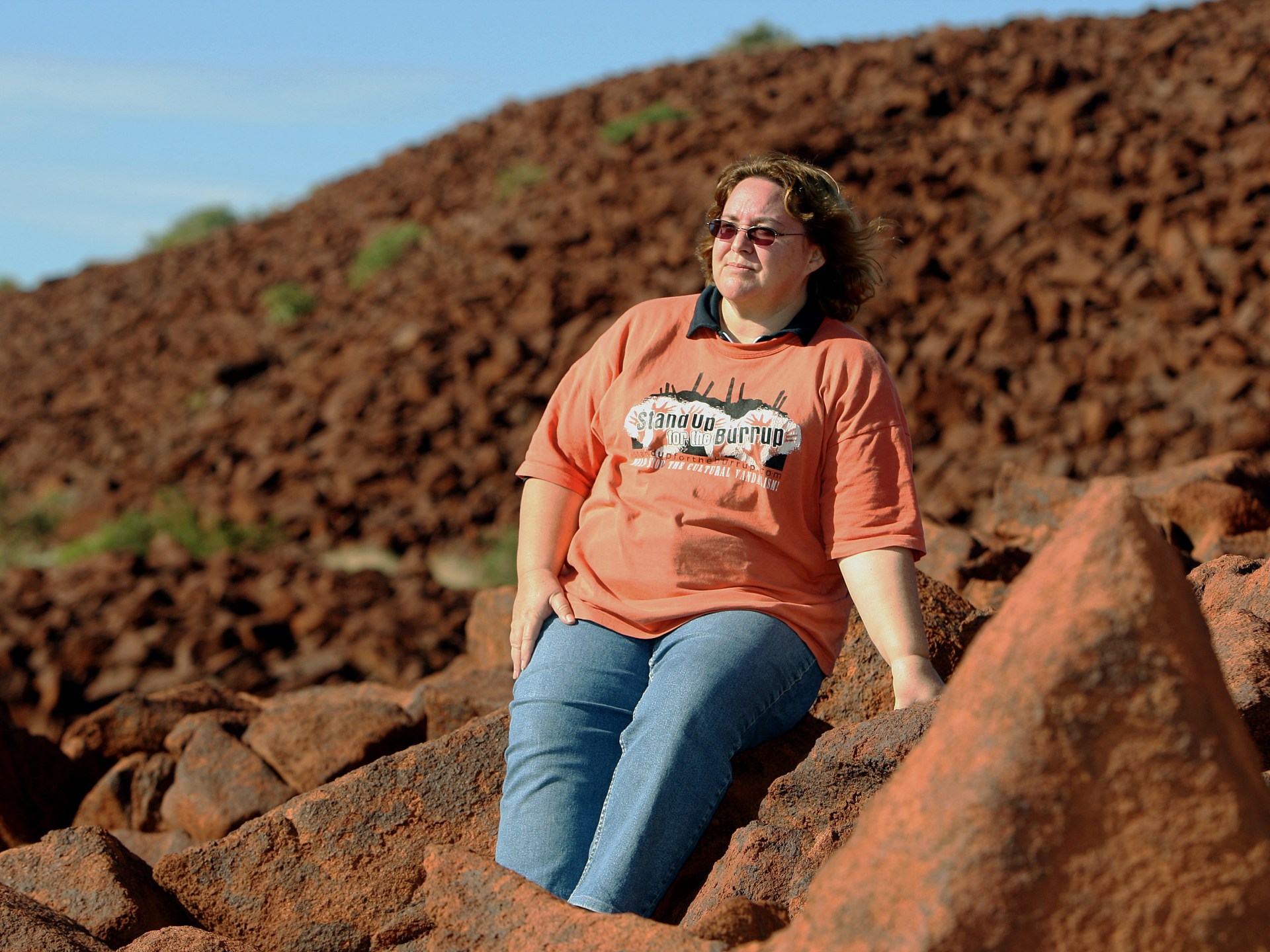The United Nations cultural organisation has added a remote Aboriginal site featuring one million carvings that potentially date back 50,000 years to its World Heritage list.
Located on the Burrup peninsula in Western Australia, Murujuga is home to the Mardudunera people, who declared themselves “overjoyed” when UNESCO gave the ancient site a coveted place on its list on Friday.
“These carvings are what our ancestors left here for us to learn and keep their knowledge and keep our culture thriving through these sacred sites,” said Mark Clifton, a member of the Aboriginal delegation meeting with UNESCO representatives in Paris.
Environmental and Indigenous organisations argue that the presence of mining groups emitting industrial emissions has already caused damage to the ancient site.
Benjamin Smith, a rock art specialist at the University of Western Australia, said Murujuga was “possibly the most important rock art site in the world”, but that mining activity was causing the rock art to “break down”.
“We should be looking after it,” he said.
Australian company Woodside Energy, which operates an industrial complex in the area, told news agency AFP that it recognised Murujuga as “one of Australia’s most culturally significant landscapes” and that it was taking “proactive steps … to ensure we manage our impacts responsibly”.
Delegation leader Raelene Cooper said the UNESCO listing sent “a clear signal to the Australian Government and Woodside that things need to change”.
Making the UNESCO’s heritage list does not in itself trigger protection for a site, but can help pressure national governments into taking action.
African heritage boosted
Cameroon’s Mandara Mountains and Malawi’s Mount Mulanje were also added to the latest edition of the UNESCO World Heritage list.
UNESCO Director-General Audrey Azoulay has presented Africa as a priority during her two terms in office, although the continent remains underrepresented.
The Diy-Gid-Biy landscape of the Mandara Mountains, in the far north of Cameroon, consists of archaeological sites, probably created between the 12th and 17th centuries.
Malawi’s Mount Mulanje, in the south of the country, is considered a sacred place inhabited by gods, spirits and ancestors.
UNESCO is also considering applications from two other African countries, namely the Gola Tiwai forests in Sierra Leone and the biosphere reserve of the Bijagos Archipelago in Guinea-Bissau.
Source: Aljazeera

Leave a Reply